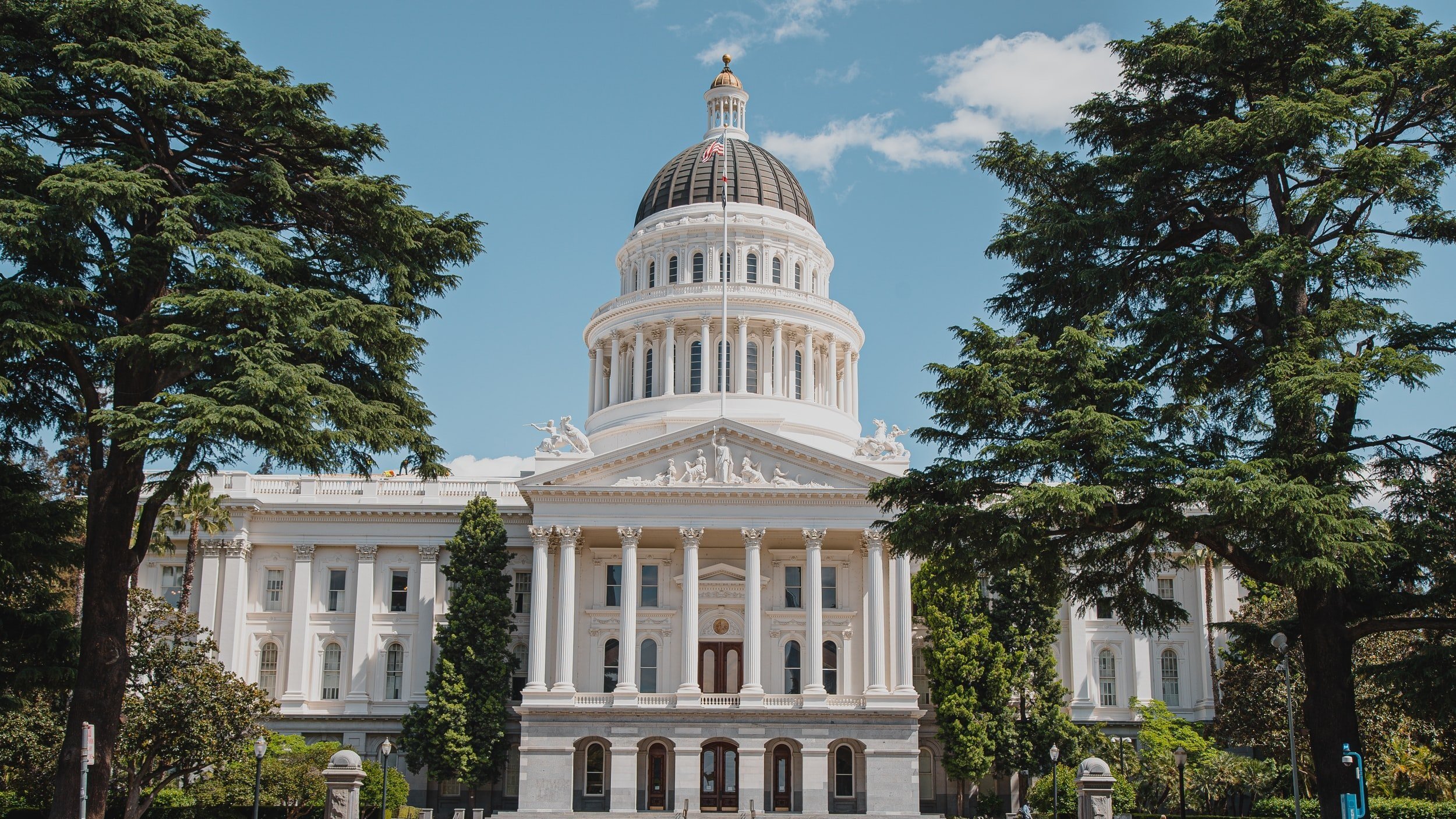
Current issues
While just about every aspect of hunting and wildlife conservation is now affected by politics in California, there are certain issues that are critical to maintaining our hunting traditions, rights and way of life.
Hunting Recruitment, Retention and Reactivation (R3)
While California hunting licenses sales have recently seen an uptick during the COVID-19 shutdown, long-term trends still point to declining hunter participation. In response, the California Department of Fish and Wildlife has developed an R3 plan which requires funding, staff time and even legislation to fully implement.
Public Land Management Funding
Despite some recent budgetary increases, operations and maintenance shortfalls on State Wildlife Areas and National Wildlife Refuges remain problematic making it more difficult to pay for water pumping, mosquito abatement, noxious weed control, fuel for equipment, etc. This not only negatively affects the quality and quantity of habitat for waterfowl and other game species, but reduces hunter opportunity.
Firearm and Ammunition Regulation
California arguably has the strictest gun control regulations in the country, and this increasingly impacts the possession and use of sporting firearms commonly used for hunting. Of recent note, Proposition 63 has made it more difficult and expensive for hunters to obtain the ammunition they need in the field, while the signing of AB 2571 will make it more problematic to engage youth in hunting and the shooting sports.
So many of the threats today to hunters and conservation in California revolve around (over) regulation. Overly complicated and burdensome rules have created a disincentive to hunt, while some environmental laws have made it more difficult for both public and private landowners to provide quality wildlife habitat. The scope and complexity of regulations must be reduced, and landowner-incentive, non-regulatory programs adequately funded.
Pittman-Robertson Act
The Federal Pittman Roberston Act, which places an excise tax on sporting arms, munitions, handguns and archery equipment, is arguably the most important source of wildlife conservation and hunter education funding in the U.S. In California, it is the prime funding source for the maintenance of State Wildlife Areas. Despite its benefits, it is under attack at both the federal and state level by anti-tax and anti-gun forces.
Anti-Hunting Laws and Regulations
In the last 10 years, a number of animal rights groups have successfully sponsored bills that have curtailed hunting activities despite the lack of supporting science, including a ban on the use of dogs to hunt certain mammals, a lead ammunition prohibition and making trapping unlawful. While these efforts required legislation, the antis are also pushing for other hunting restrictions via the California Fish and Game Commission process.
Landowner Incentive Programs
The majority of the best wildlife habitat is found on private lands, including 2/3 of California’s remaining wetlands which are operated as duck clubs. Ensuring adequate funding for both state and federal landowner-incentive programs is critical maintaining robust waterfowl and other wildlife populations. At the state level, such programs include the Presley and Inland Wetlands Conservation Programs; federal programs include the North American Wetlands Conservation Act and Farm Bill programs such as the Conservation Reserve Program.
Water Conservation Laws
The implementation of the Sustainable Groundwater Management Act (SGMA) and water diversion reporting requirements threaten to reduce the amount of waterfowl habitat on both public and private lands.
Klamath Refuges Water Crisis
The Klamath Basin was historically the most important staging area for waterfowl in the entire Pacific Flyway, and also served as a critical breeding and molting area for California mallards. Redirection of water to protect endangered fish, lack of sufficient water rights, increased water pumping costs, ongoing drought and other issues have severely curtailed the amount of wetland habitat at both Lower Klamath and Tule Lake Refuges, which has drastically reduced waterfowl numbers.
Game Parts Possession
There have been a number of recent legislative attempts to restrict the importation of game parts across international or state lines to protect charismatic or iconic animal species.
Wildlife-Friendly Agriculture
Agricultural practices have a profound impact on waterfowl and other wildlife populations in California. For example, clean-farming and the reduced cultivation of cereal grains like wheat have contribution to decline in California mallard and pheasant populations. Additional public funding and landowner incentives are needed to support wildlife-friendly farming practices in order for these populations to rebound.
